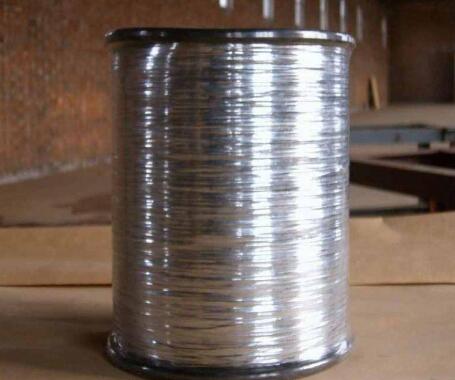The Role of Welded Mesh Reinforcement in Modern Construction
In the realm of construction and civil engineering, the pursuit of materials that enhance structural integrity while optimizing cost and efficiency is paramount. One such material that has gained significant traction in recent years is welded mesh reinforcement. This construction material offers versatile applications, ease of use, and increased durability, making it a preferred choice for a variety of construction projects.
What is Welded Mesh Reinforcement?
Welded mesh reinforcement, commonly known as welded wire mesh, consists of a series of crossed wires that are electrically welded at their intersections. The design can vary, including different spacing and gauge sizes, allowing for customization based on the specific needs of a project. Typically made from high-quality carbon steel, welded mesh is characterized by its strength and resistance to corrosion when treated with appropriate coatings.
Advantages of Welded Mesh Reinforcement
One of the primary advantages of welded mesh reinforcement is its ability to evenly distribute loads across a concrete structure
. By providing a uniform support system, it helps to prevent cracking and failure, thus enhancing the longevity of the structure. This characteristic is particularly valuable in applications such as slabs, foundations, and pavement.Moreover, the installation process of welded mesh is relatively straightforward. It can be quickly laid out and secured in place, which contributes to reduced labor costs and shortened project timelines. This efficiency is a significant benefit for contractors who are often pressed for time and resources.
Another notable feature is the cost-effectiveness of welded mesh reinforcement. While the initial investment may be higher than some alternative methods, the long-term savings gained from reduced maintenance and increased durability can outweigh upfront costs. Structures reinforced with welded mesh tend to require fewer repairs and exhibit superior performance over time, ultimately offering better value.
welded mesh reinforcement

Applications in Construction
Welded mesh reinforcement is utilized in a wide array of applications, making it an incredibly versatile material. It is commonly used in flooring systems, including industrial floors, driveways, and sidewalks, where heavy loads and frequent traffic are expected. Additionally, it is often employed in the construction of walls, slabs, and beams, as it provides additional tensile strength that is crucial to supporting the overall framework of a building.
Another significant application is in the reinforcement of precast concrete elements, such as panels and blocks. By integrating welded mesh reinforcement, manufacturers can create components that are not only stronger but also more durable, enabling the production of high-quality structural elements that meet rigorous building standards.
Environmental Considerations
In recent years, the environmental impact of construction practices has come under scrutiny, driving the industry towards more sustainable solutions. Welded mesh reinforcement aligns well with this shift. Its production process often involves using recycled materials, and its durability contributes to the overall sustainability of a building. Structures that require fewer repairs and replacements reduce waste and resource consumption over time, making welded mesh a responsible choice for environmentally conscious builders.
Conclusion
Welded mesh reinforcement is a vital element in contemporary construction practices, contributing to improved structural integrity, cost efficiency, and sustainability. As the construction industry continues to evolve, the emphasis on resilient materials like welded mesh will undoubtedly play a significant role in shaping the future of building strategies. With its myriad applications and benefits, welded mesh reinforcement stands out as a reliable choice for engineers and architects seeking to create durable, efficient, and safe structures. As we move forward, embracing innovations such as welded mesh reinforcement will be essential in meeting the demands of modern construction while prioritizing both performance and environmental responsibility.

















